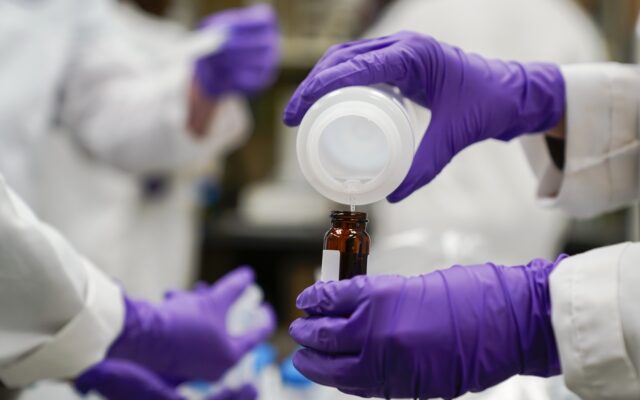
There are reasons to be cautious on PFAS regulations
By Andre Cushing
There has been much publicity surrounding the presence of PFAS in our farmland, waters, products and food — among many other things. There is rightly great concern. However, there needs to be a bit more background on the subject. PFAS, or perfluoroalkyl and polyfluoroalkyl substances, are at the foundation of our high-tech, 21st-century economy. They, like many other chemicals and compounds, when properly used and managed, make valuable and necessary contributions to modern life.
In a recent study by INFORUM, a Washington-based economic consulting firm, six domestic PFAS-reliant sectors — automotive, aerospace, air conditioning and refrigeration, medical devices and pharmaceuticals, battery supplies, and semiconductors — account for more than 6 million jobs in the United States, with an annual payroll of more than $600 billion, and contribute more than $1 trillion to the nation’s gross domestic product.
The aerospace industry, which is growing Maine’s manufacturing workforce, helps contribute more than 1.1 million jobs in the United States and $191 billion towards GDP, according to the report.
The state of Maine recently adopted a class-based reporting rule and automatic ban of all PFAS products effective in 2030. I fear this overly broad approach jeopardizes the future of critical industries in Maine that are reliant on PFAS. Instead of developing a regulatory framework for the compounds that treats them all the same, I believe a more targeted approach that recognizes the chemicals’ complexity will protect both consumers and the Maine economy.
There is no prevailing argument that sustainable PFAS regulation isn’t necessary. Industry agrees there is a need for more effective and sustainable management and control of these compounds. However, the elimination of PFAS via the class-based approach in reality is the chaos-based approach. With 10,000 materials meeting the broadest definition of PFAS, banning PFAS outright is akin to banning automobiles because there are some bad drivers. A balanced approach to evaluating the risks versus the benefits is sorely needed.
It is time to develop a policy approach that is fact-based, scientific and assesses risk while recognizing the high value and benefits these compounds bring to society. A coherent policy will assure that high-risk compounds are controlled and, where possible, replaced, and assure citizens that contamination is identified and remediated.
While Maine does offer exemption from its 2030 prohibition of PFAS, it does not yet have the resources or personnel to keep up with the filings the Maine Department of Environmental Protection has received.
A comprehensive federal approach to PFAS policy rather than a patchwork of state and local programs is not only the solution to the ongoing PFAS regulatory debate, but it will also save Maine from wasting millions of taxpayer dollars and duplicating a federal program that is already in play.
The PFAS policy debate is emotional and incredibly complicated, and a better approach for Maine would be for legislators to come together and combine resources with policymakers at all levels of government, environmental groups, and industry leaders to develop workable solutions and stop the class-based chaos.
Recently, the Maine Legislature passed LD 217, which made some changes to Maine’s PFAS reporting law. While that was a step in the right direction, further changes are needed. The Legislature’s environment and natural resources committee committed to a series of meetings over the course of the summer and fall aimed at holistically reviewing Maine’s PFAS reporting law and to consider changes in coming legislative sessions.
If all parties work together in good faith we will find common ground where the regulatory community can appreciate both the chemicals’ complexity and contribution to society.
Cushing is the chair of the Penobscot County commissioners and a former state legislator.